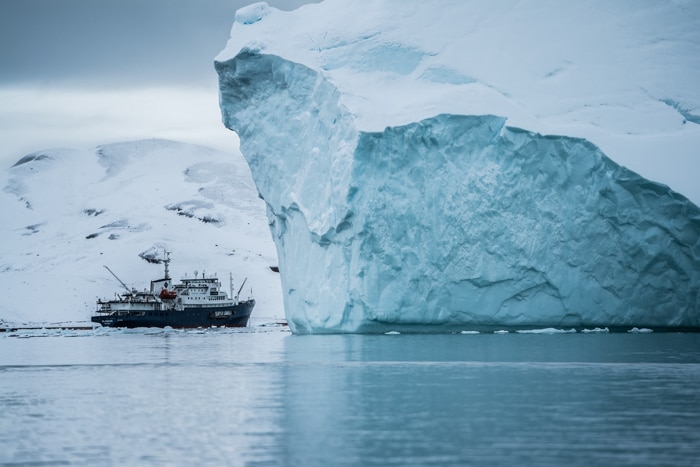Through the International Maritime Organization (IMO), countries are urging ship operators to cut back on carbon emissions when operating within Arctic waters. The goal would be to limit the emission of black carbon by switching to cleaner fuels.
Black carbon is filled with particles that absorb the sun and trap heat. It is such a problem in the Arctic that it darkens the ice – reflecting less light back into space.
According to the Clean Arctic Alliance, black carbon emissions have increased 85% from 2015 to 2019, so immediate action is needed.
Though the resolution to cut black carbon is voluntary, many are hopeful that most private companies will seek to reduce emissions.
Sian Prior, from the Clean Arctic Alliance, said, “If all shipping currently using heavy fuel oils while in the Arctic were to switch to distillate fuel, there would be an immediate reduction of around 44% in black carbon emissions from these ships.”
She went on to say that, “If particulate filters were installed onboard these vessels, black carbon emissions could be reduced by over 90%.”
Saudi Arabia, the UAE, and Russia resisted measures to cut black carbon. India and South Africa also resisted – but on the grounds of equity. They feel that wealthier counties should act first and then help them transition to cleaner fuels.
The UK, the US, and Panama were the most prominent supporters.
Though some nations wanted an option for carbon offsets to be included, John Maggs, President of the Clean Shipping Coalition, said, “Most of those who spoke were talking about absolute net-zero…not net-zero with ‘get out of jail free’ offsets.”
With a new global standard being implemented for carbon offsets at COP26 – carbon offsets may still have a role in cutting black carbon.
The shipping industry currently emits about one billion tons of carbon into the atmosphere annually. However, with increased regulation, carbon offsets, and innovative technology, black carbon emissions can be drastically reduced.
IMO’s goal is to decrease that by 50% by 2050. They are expected to implement a long-term strategy by 2023.

